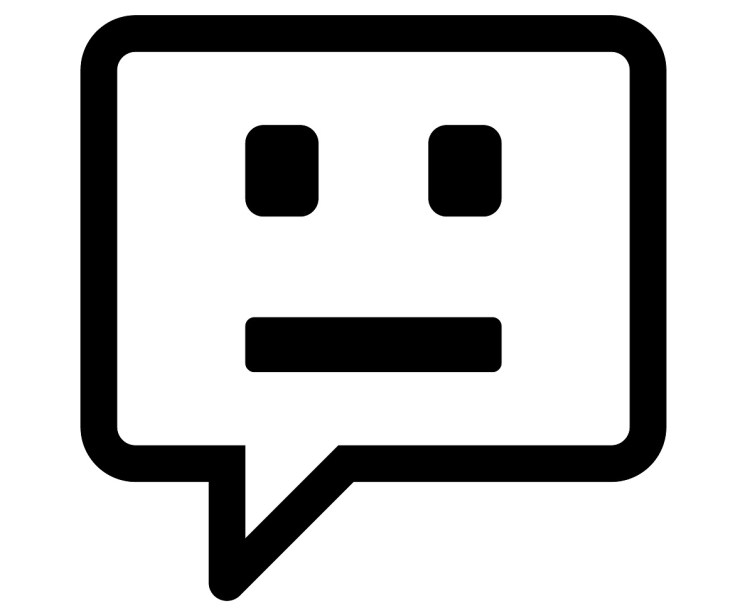When new technologies first arise, I always try to think about them like organisms in an ecosystem. Ecosystems tend to stabilize around certain equilibriums, and if you introduce a new species into a natural ecosystem, it takes a while for all the other organisms to adjust but usually the system settles into a new equilibrium. Technology is the same way.
Trying to project the future of bots and understand what a technology equilibrium looks like in a bot-centric world is difficult because many of the forces shaping the future of bots are very much at odds with each other. But no matter how it plays out, I don’t see a scenario where bots are good for brands.
Let’s start with Botageddon – the idea that there will be way too many bots sitting on top of our messaging apps. This is what the initial phase of the bot explosion will look like, because every brand will want their own bot. Why? Because as much as possible, brands want to control both their messaging and their relationship with the end user. Brand directors have jumped on AI as the tech trend de jour to solve their challenges with grasping the nature of the technology, similar to how social media was all the rage in the late 2000s and everything needed a social network. However, having 38 bots on your phone, and having to remember which bot to use for what, isn’t a good user experience.
One way to resolve this is to have a master bot that every message passes through. Users interact with their master bot, and the master bot interacts with other bots on behalf of the user. But then that creates an awkward situation where the bot may have one type of personality and the brand may have another. If the brand gets to pass messages through the bot without any filtering, the bot may seem schizophrenic. It will talk to its user in many different ways, depending on the brand behind the scenes passing it messages at any given time. The more obvious problem for brands is that a master bot not only blends their voice into a mad chatter, but already eliminates their visual branding. The entire experience will be strictly through non-branded, non-visual text.
Even if the master bot does become everyone’s assistant, modern chatbots are not always perceptive. As Microsoft’s Tay proved, they can be manipulated into a PR disaster. Brands could dumb down their bots and oblige the bot to generate some variant of their message in language that is consistent with the bot’s personality. In the scenario though, the brand loses control of the message a fair amount.
There is a fundamental tension between the desire of brands to control the relationship with the end user, the need for users to have just a small number of bots to deal with so as not to be overwhelmed and confused, and the need for bots to be consistent and dependable in how they interact with users. One of these three facets will give. Whichever of the three tension points is violated, the end result is negative for brands. They end up either one bot amongst many in a noisy messaging platform. Or they end up losing control of their messaging and not owning the relationship with the end user.
So how will brands respond? There are three key strategies they can take. The first is to build a very valuable bot, and do so quickly, so that they end up one of the few bots that are really useful and sticky. The second is to ignore bots altogether and hope their users aren’t particularly interested in interacting with them on a bot platform. The third is to use bots primarily as an initial engagement method with users, but quickly pull them out of the bot platform into something with better usability that delivers greater customer interaction and value.
Bots have been hot lately, and consumer brands have been particularly quick to jump on the bot bandwagon. But if you really think through it, there isn’t a good endgame for brands with the way the bot ecosystem is structured. If brands realize this, and start to move away from bots as an engagement model, then the question becomes, will there be enough reason left in the consumer arena to use a bot or will the abandonment of bots by brands lead to a broader abandonment of bots by users?
VentureBeat's mission is to be a digital town square for technical decision-makers to gain knowledge about transformative enterprise technology and transact. Learn More

